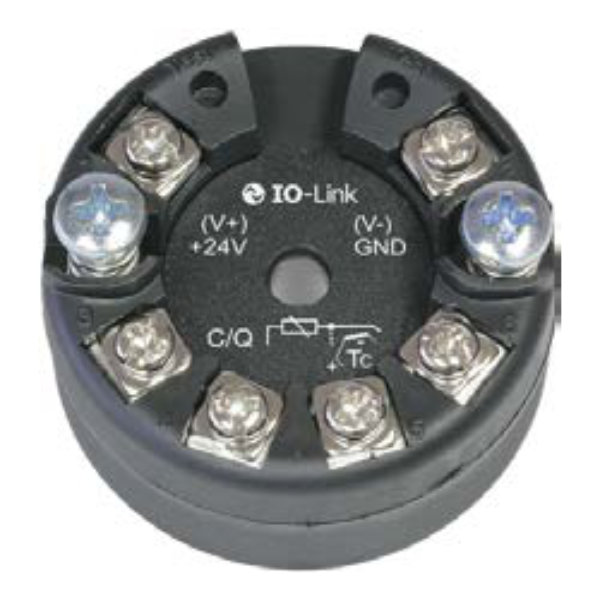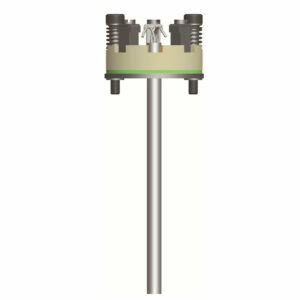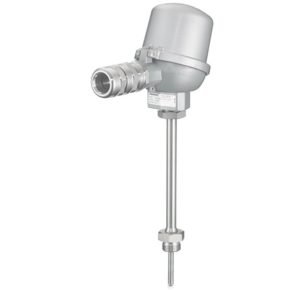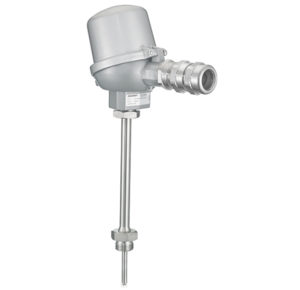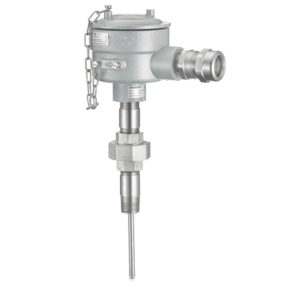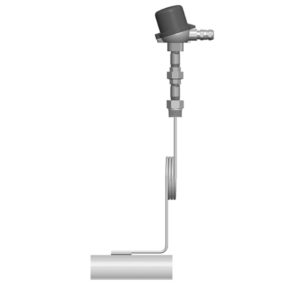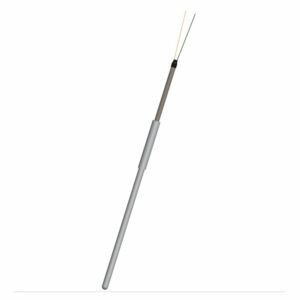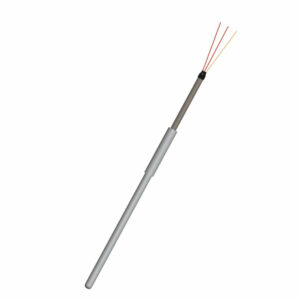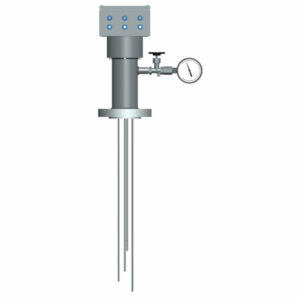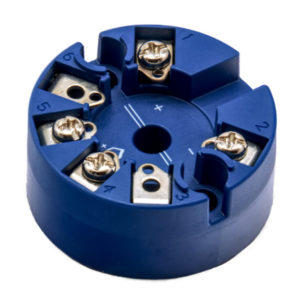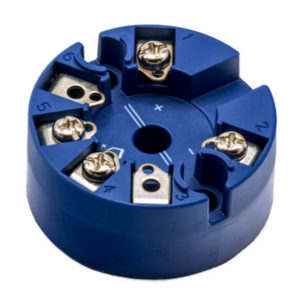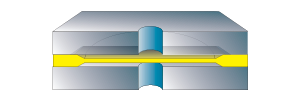

ITT3 Industrial Temperature Transmitter for Temperature Sensors with IO-Link
ITT3 Industrial Temperature Transmitter for Temperature Sensors with IO-Link
With our innovative, patented technologies, we make signal conditioning smarter and simpler.
Features & Properties
Use & Application
Downloads
Features & Properties
Use & Application
ITT3 converts industrial process temperature signals to digital communications using a highly reliable point-to-point solution with a fast response time, automatic selfcalibration, sensor error detection, low drift, and top EMC performance in any environment.
Application:
- Digital linearised temperature measurement with Pt100 sensor.
- Digital linearised temperature measurement with thermocouple sensor.
Downloads
Data Sheets
With our innovative, patented technologies, we make digital signal conditioning smarter and simpler. The Ashcroft® ITT3 complies with or surpass the highest industry standards, ensuring reliability in even the harshest of environments and provides the highest level of signal integrity from the measurement point to your control system.
Key Features
Measurement rate up to 10-times per second
I/O Link signal with 16 bit resolution
Cable compensation for 3-wire inputs
Diagnostic data available
Suitable for various head types
Linearization of temperature measurement of Pt100 3-wire sensors
Easy and fast programmable
Linearization of temperature measurement of thermocouple types J, K and N
Markets & Applications
Machine Automation
- Specifications
- Downloads
Ranges
Pt100: -200 ... 800°C
Type J: -210 ... 1200°C
Type K: -200 ... 1372°C
Type N: -210 ... 1300°C
Dampening
Digital by firmware setting
Accuracy
0.02% of span
Electrical Termination
Screw termination
Output Signal
Digital IO-Link
Wiring Configuration
3 wire single
Single
Data Sheets
- Category: Electronic Temperature Devices, Internet of Things
We’re glad to be there for you personally.
Siamo personalmente a vostra disposizione!
Nous sommes personnellement là pour vous.
Şahsen yanınızda olmaktan mutluluk duyuyoruz.
We zijn blij dat we er persoonlijk voor u kunnen zijn.
Wir sind persönlich für Sie da!
Siamo personalmente a vostra disposizione!
Nous sommes personnellement là pour vous!
Select your Region!

